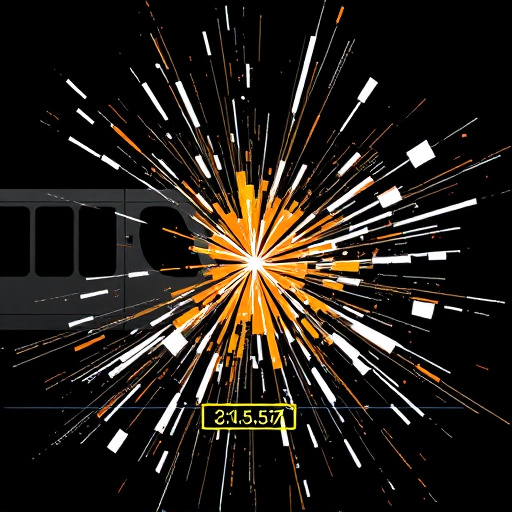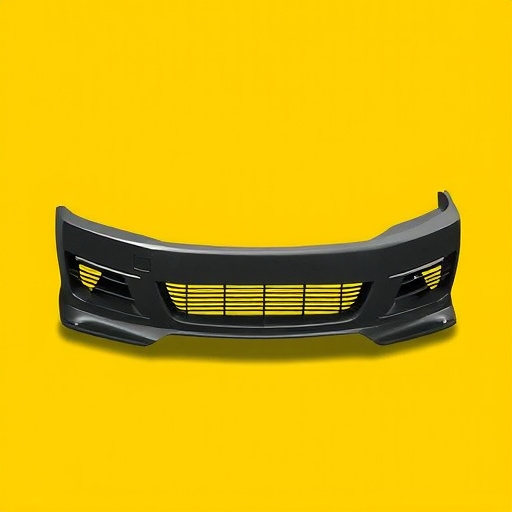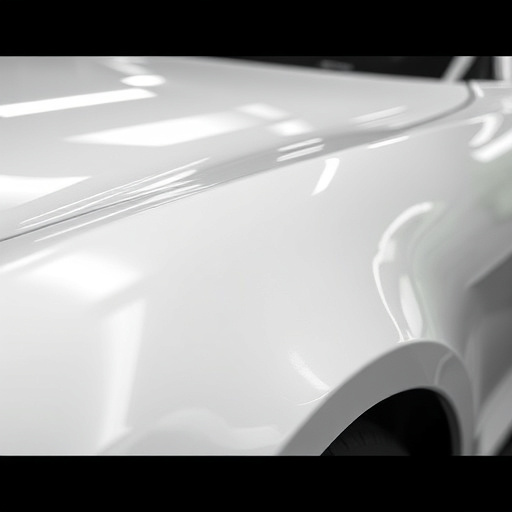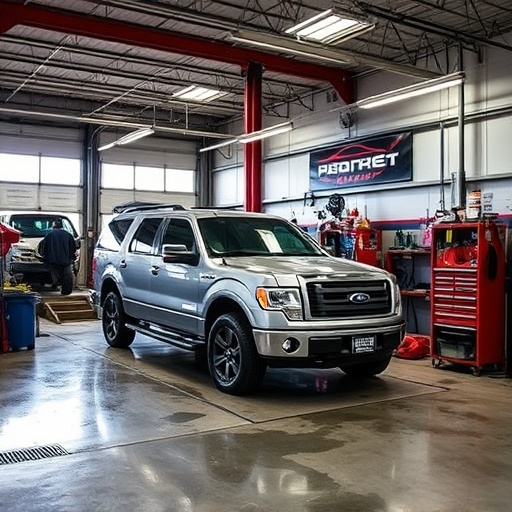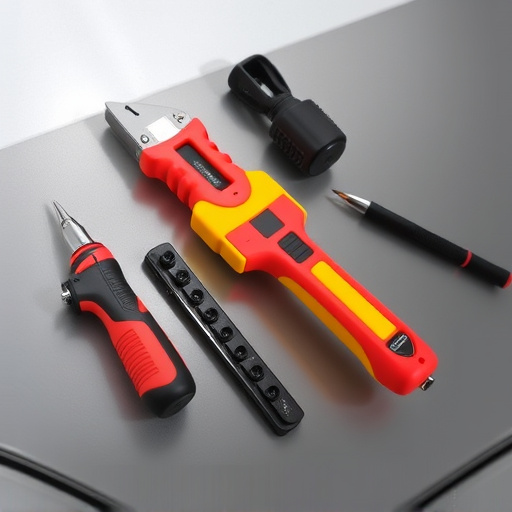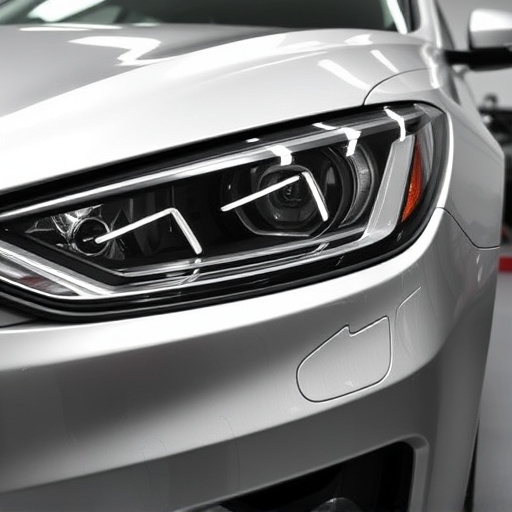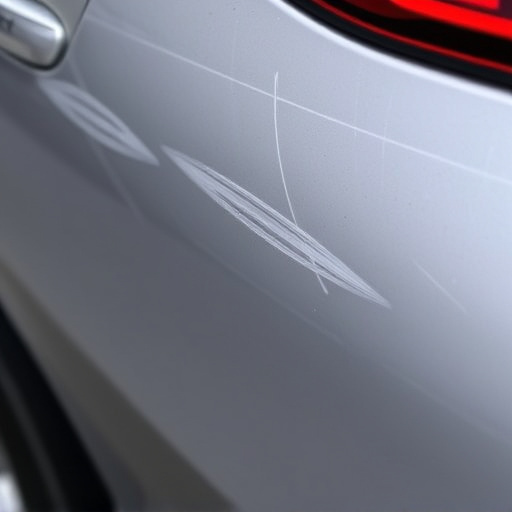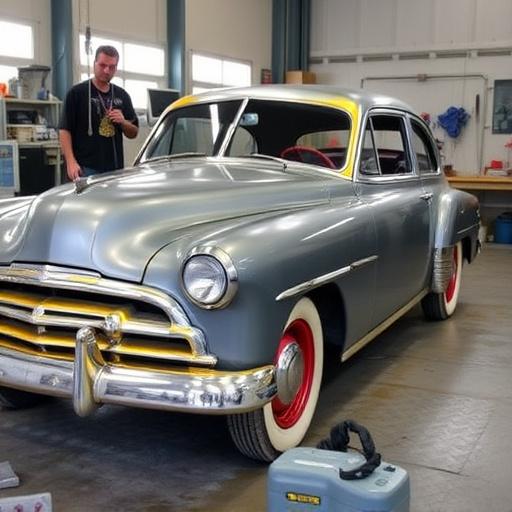Mercedes glass sensor calibration is vital for maintaining accurate Head-Up Display (HUD) projections, ensuring both data accuracy and aesthetic appeal. Proper calibration accounts for environmental factors and manufacturing variations. Skilled technicians can prevent issues like misaligned projections or ghosting effects through careful alignment adjustments. Problems with calibration can lead to incorrect HUD alignment and distorted windshields, often caused by sensor damage, debris, or misalignment. Inspection, cleaning, and manual adjustment are initial troubleshooting steps; persistent issues may require professional assistance from a collision repair center.
Unleash the full potential of your Mercedes with a simple yet powerful adjustment: precise HUD alignment and glass sensor calibration. This comprehensive guide delves into the intricate process, providing clear steps to ensure your vehicle’s Head-Up Display (HUD) projects accurately on your windscreen. Learn how to calibrate the glass sensors, addressing common issues that may cause discrepancies. Master these techniques and take control, enhancing your driving experience with a perfectly aligned Mercedes HUD.
- Understanding Mercedes Glass Sensor Calibration
- Steps for Aligning the HUD and Calibrating Glass Sensors
- Common Issues and Troubleshooting Tips
Understanding Mercedes Glass Sensor Calibration

Mercedes glass sensor calibration is a crucial aspect of ensuring your vehicle’s Head-Up Display (HUD) functions flawlessly. These sensors play a vital role in detecting and correcting the alignment of the HUD projection on your windshield, providing critical driving information at a glance. Understanding this process is essential for any car enthusiast or professional auto body work specialist looking to optimize their Mercedes’ advanced features.
Proper calibration involves precise adjustments to align the HUD with the vehicle’s glass surface, accounting for factors like environmental conditions and manufacturing variations. When undertaken by skilled technicians, it enhances not just the accuracy of the displayed data but also the overall aesthetic appeal, preventing issues common in auto dent repair or frame repair scenarios, such as misaligned projections or ghosting effects.
Steps for Aligning the HUD and Calibrating Glass Sensors
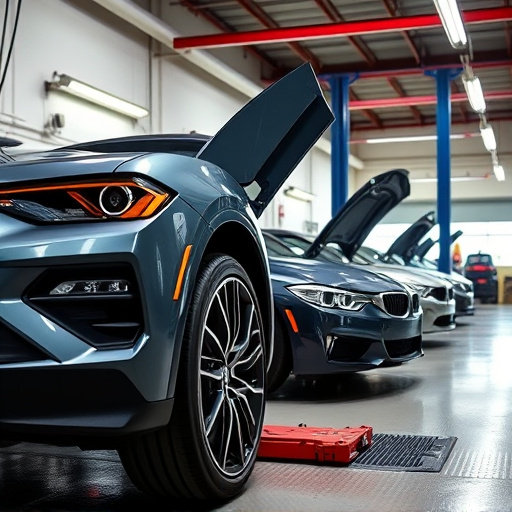
To align your Mercedes’ Head-Up Display (HUD) and calibrate the glass sensors, begin by ensuring the vehicle is stationary and parked on a level surface. Turn on the ignition but keep the engine off, then access the HUD settings via the center console or steering wheel controls. Here, you’ll find options for display customization and alignment. Follow the on-screen instructions to initiate the alignment process. This may involve adjusting the projection angle, brightness, and positioning of the HUD.
Next, focus on the glass sensors, which are critical components for accurate navigation and driving assistance features. Park the vehicle in a well-lit area, preferably outdoors. Use the vehicle’s diagnostic tools or a dedicated sensor calibration app (available from Mercedes) to access the sensor settings. Calibrate each sensor by following the on-screen prompts. This process typically involves aligning the sensors with specific points on the vehicle’s body, like the front and rear windshields, to ensure precise measurements for functions such as auto bodywork alignment, tire services, and overall auto body work assistance.
Common Issues and Troubleshooting Tips
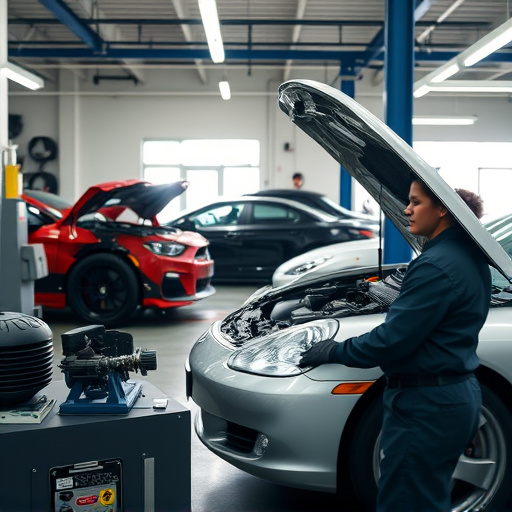
Mercedes glass sensor calibration issues can lead to incorrect HUD (Head-Up Display) alignment and distorted projections on the windshield. Common problems often stem from sensor damage, debris accumulation, or misalignment during installation. If your Mercedes’ HUD is not functioning optimally, troubleshooting should begin with a thorough inspection of the sensors and their surroundings.
Check for any visible cracks, chips, or foreign objects within the glass sensor housing. Clean the sensors gently using recommended cleaning solutions to eliminate dust, dirt, or residue buildup. Additionally, ensure proper alignment by referring to the vehicle’s service manual and comparing it with the actual positioning on the windshield. If adjustments are required, carefully realign the sensors according to Mercedes’ specifications. In cases of persistent issues, consult a reputable collision repair center for professional assistance, as specialized tools and expertise may be needed to address complex sensor calibration problems effectively, ensuring optimal HUD performance and enhancing overall car body repair accuracy.
Mercedes glass sensor calibration is a crucial step in ensuring your car’s Head-Up Display (HUD) functions optimally. By accurately aligning the HUD and calibrating the glass sensors, you can enhance driving safety and enjoyment. Regular maintenance and prompt troubleshooting of any issues will keep your Mercedes’ display system reliable and precise. Remember, proper calibration is key to navigating the digital landscape of modern vehicles effectively.
